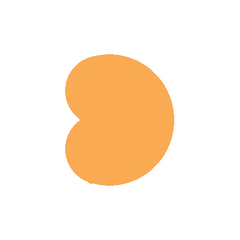Agfa introduces "paper" at DRUPA
Today Agfa held its pre-DRUPA press conference. It announced a new high-end wide-format digital printer, Anapurna XLS, besides many other hardware and software introductions. Probably the most surprising news is the announcement of a synthetic paper: Synaps. This is a polyester-based, synthetic paper for use in offset printing presses. It has a superior printability and an exceptionally fast drying time. The hyped book " Cradle to Cradle" (C2C) is also printed on this type of paper. It will be interesting to see whether this development will impact the market. The stock market in the meantime reacted positively to the product news which is good for the troubled company.















